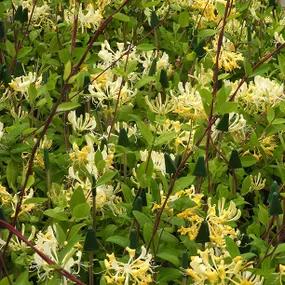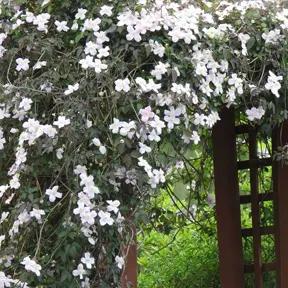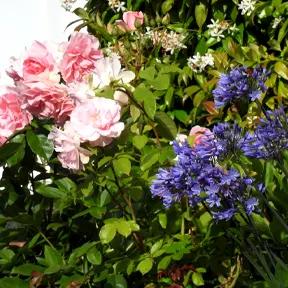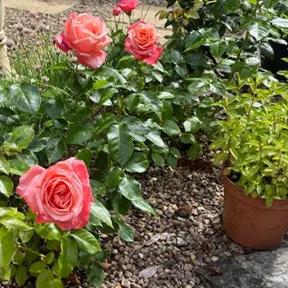Scentsation Honeysuckle Plants
Lonicera periclymenum
- Deciduous mid green leaves.
- Pale lime/yellow buds open to rich yellow & white tubular flowers July to October.
- Strong scent.
- Fully hardy.
- Needs support.
- Sun or partial shade.
- Great for bees, butterflies and birds
- Rabbit and deer resistant
- To 7m x 1.5m.
Recommended extras
Description
Lonicera periclymenum Scentsation Honeysuckle Plants
A scent-sation indeed with its delicious honeysuckle perfume and one of the most popular and easy honeysuckles to grow. It has upright trumpets of pale lime/yellow buds opening to rich yellow & white tubular flowers, giving way to small, scarlet berries which are beautiful but the birds adore them too so their display doesn't last that long. The fragrance is strongest in the evening, so bear that in mind when choosing where to plant it. It grows rapidly to about 7m.
Browse our range of honeysuckle or all our climbing plants.
Features:
- Deciduous mid green leaves.
- Pale lime/yellow buds open to rich yellow & white tubular flowers July to October.
- Strong scent.
- Fully hardy.
- Needs support.
- Sun or partial shade.
- Great for bees, butterflies and birds. RHS Plants for Pollinators
- Rabbit and deer resistant
- To 7m x 1.5m.
Growing Honeysuckle
These versatile plants love a moist but well-drained, fertile soil with plenty of sun, but are shade-tolerant and will manage almost anywhere that isn't waterlogged. If your soil is poor and dry, add plenty of compost and mulch well every year after a spring rain. It needs sturdy support or a mature tree to climb up It only needs pruning to keep it within bounds and to remove old, dead and dying growth. Likes part shade.
In Your Garden Design
A classic favourite plant beloved by all but has the advantage of being smaller than the species version making it less invasive than some honeysuckles and perfect for smaller gardens. It is excellent in Summer borders and an ideal climber grown against walls or trellises or allowed to form around trees and pergolas. Clematis, climbing roses and lavender make wonderful companion plants. It would also work as a beautiful backdrop to our popular herbaceous collections such as Bees and Butterflies.
Planting Instructions
How to grow Lonicera 'Scentsation':
It is best planted where the roots have a shady run. Apart from that, it will be happy in any situation and with any soil pH.
- It is quite loose and spreading in habit so choose a spot where it has room to expand.
- Plant it in a hole larger than the rootball.
- Backfill with good quality compost, having incorporated a handful of bonemeal.
- Firm in well and water.
- Prune by 1/3rd after flowering and remove any untidy growth.
Did You Know?
Also known as woodbine, the boiled leaves and raw flowers are edible. The most common honeysuckle plant is Japanese honeysuckle and in China it has a medicinal history, used in ancient China against snake bites. In Europe, it's considered to have anti-inflammatory values and has been used as a source of magnesium, potassium and calcium. Honeysuckle flowers have been boiled in syrups and used in puddings and with the trend for foraging are emerging in restaurant use again. In some countries, honeysuckle brought into a house meant that there would be a wedding within a year and in Scotland, honeysuckle was used to prevent cattle from being bewitched. The long flowering season of honeysuckle plants is attributed to the Greek God Daphnis asking the God of Love whether the flowers could bloom longer in the year so he could see more of his amour Chloe: they were only allowed to see each other during the honeysuckle flowering season.
It's Summer Planting Season 2025

Pot Grown & Plug Plants Delivered
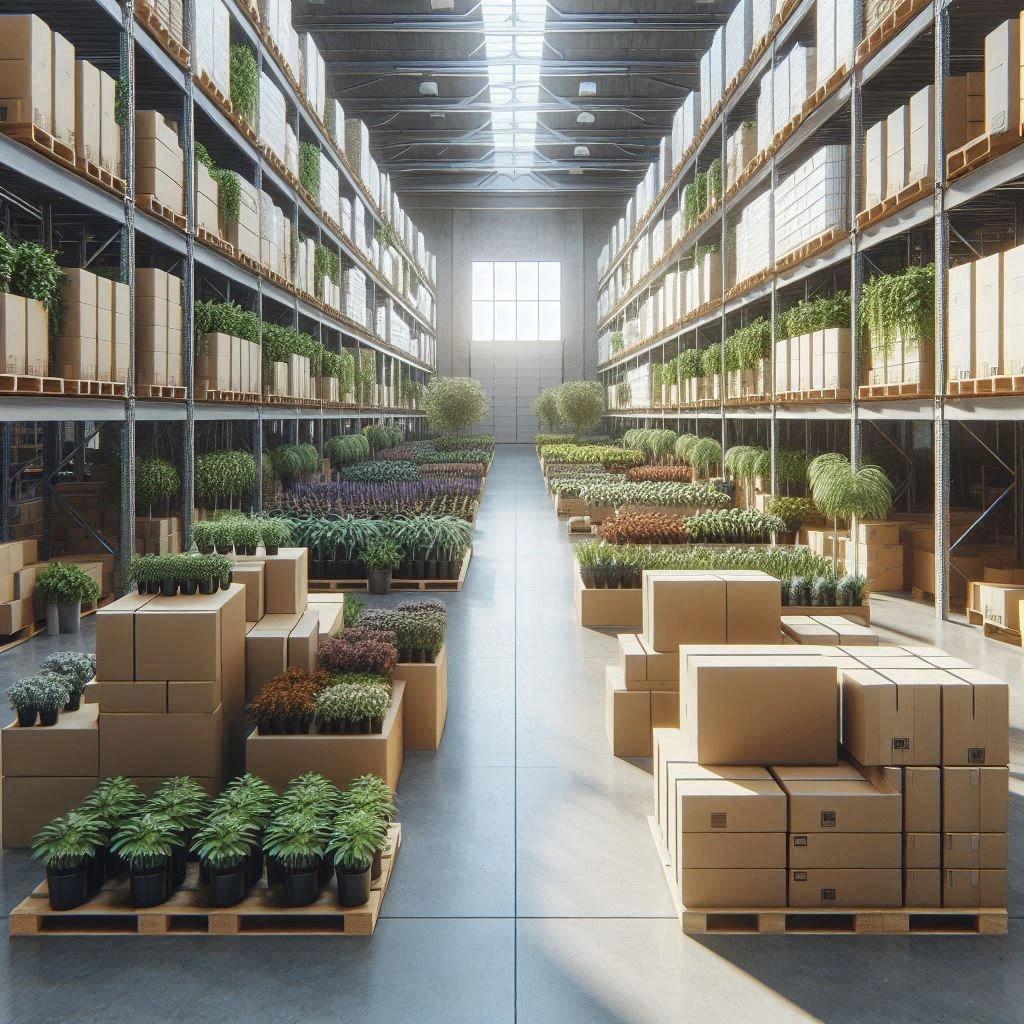
Direct from the Nursery Value

No more broken plants in the post!
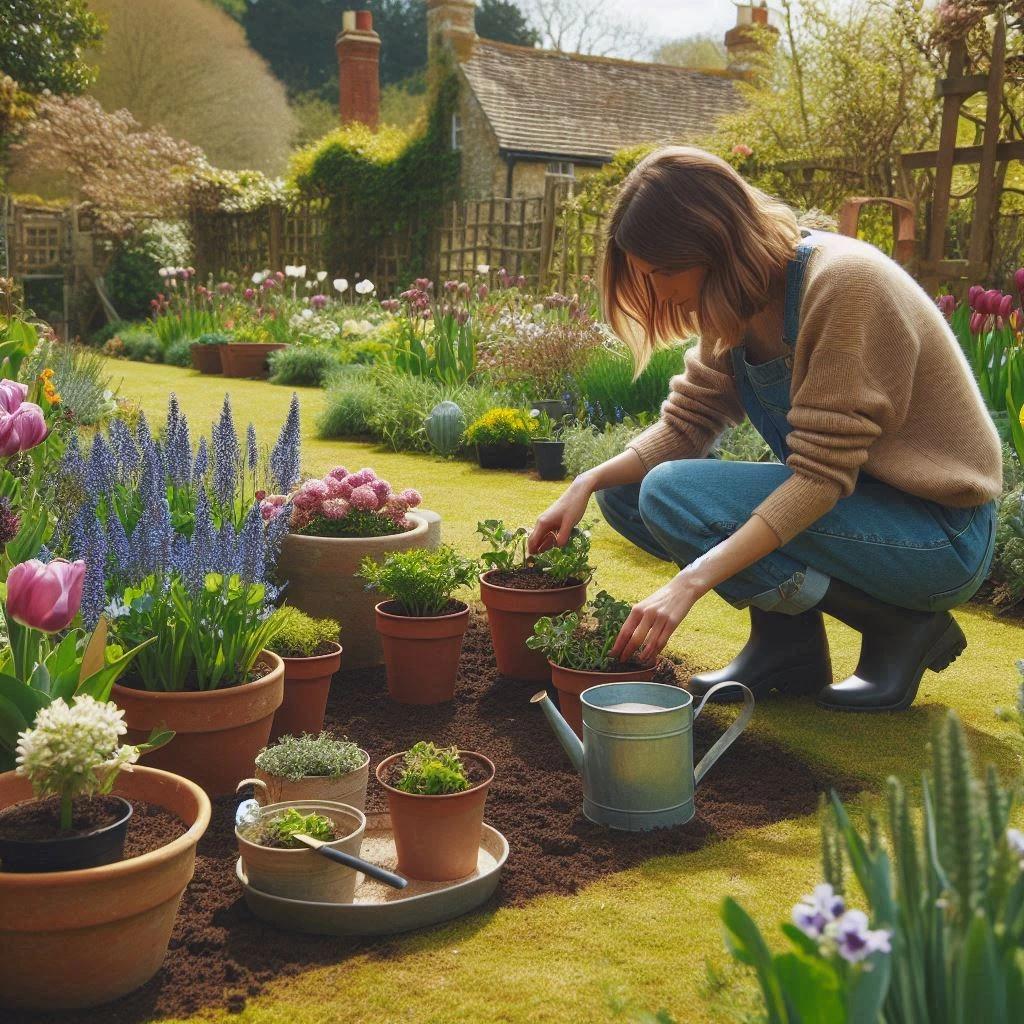

 Img 1.webp)
 Img 1.webp)
 Img 2.webp)
 Img 3.webp)
 Img 4.webp)
 Img 5.webp)
